AMD Ryzen 9 3900X
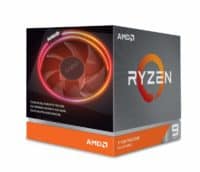
Better in-game performance over the i9-9900K
Backwards compatible with 300/400 series motherboards
Price to performance
BIOS needs update for older AM4 motherboards
Shop on Amazon
CHECK PRICEWe pit the Ryzen 9 3900X against its bigger, more powerful brother, the Ryzen 9 5900X. How will it fare?
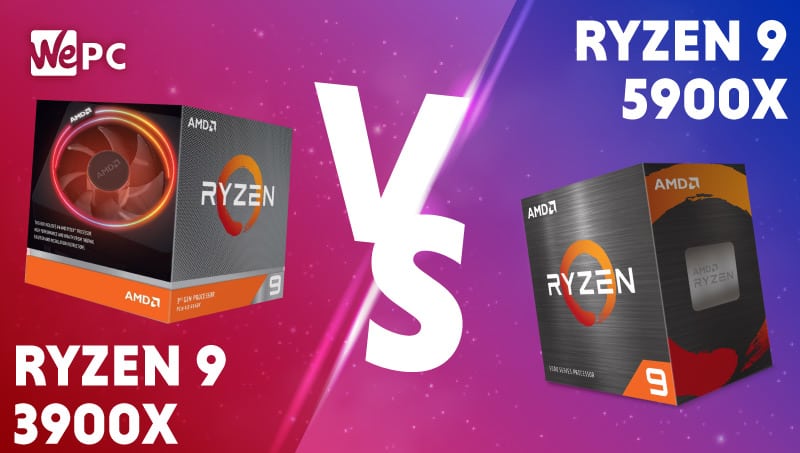
WePC is reader-supported. When you buy through links on our site, we may earn an affiliate commission. Prices subject to change. Learn more
3900X vs 5900X, which is better? AMD has released some of the best CPUs on the market in the last few years, and these two in our line-up today are no exception. These two CPUs differ slightly on paper and the 5900X is designed to be the predecessor of the 3900X. The question is, does the 3900X stack up against its bigger brother the 5900X in any way? Find out in our Ryzen 9 3900X vs Ryzen 9 5900X article.
If you’d like to know more about Zen 4 or the up and coming AM5 socket, we have articles on them!

Better in-game performance over the i9-9900K
Backwards compatible with 300/400 series motherboards
Price to performance
BIOS needs update for older AM4 motherboards
Shop on Amazon
CHECK PRICE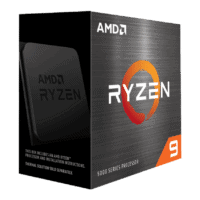
Rivals the Intel i9-10900K in gaming performance
High multicore performance
Unlocked overclocking
More expensive than the Intel alternative
Requires CPU cooler
Shop on Amazon
CHECK PRICE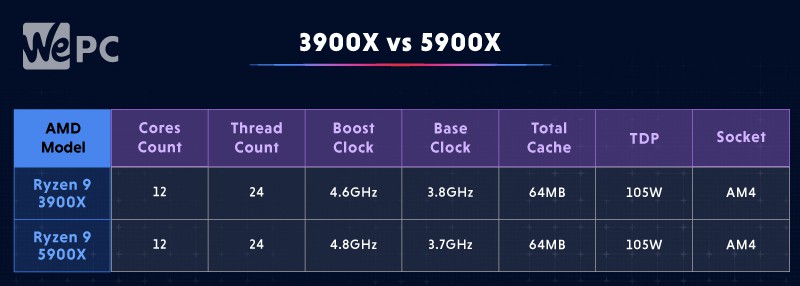
When comparing PC components of any kind, it’s important to get an understanding of how well they perform on paper and their features. Examples of CPU specifications are core count, cache size and core speed. We will now compare the 3900X vs 5900X on-paper specifications.
The Ryzen 9 3900X was the second top CPU in the third generation of AMD Ryzen processors. It was also the very first iteration of Ryzen 9 CPUs as a whole. Released on July 7 2019, it offered more cores, more threads and a higher cache than any AMD CPU has before. With this CPU being a little older than the 5900X it’s pretty easy to find a good deal on it.
The specifications for the Ryzen 9 3900X are as follows:
The Ryzen 9 5900x belongs to the Ryzen 9 family of AMD CPUs and is among the most powerful desktop processors AMD has to offer. The 5900X was released on November 5 2020 and boasts more cores, more threads and greater speed than ever seen before on a standard desktop PC.
The specs of the Ryzen 9 5900x are as follows:
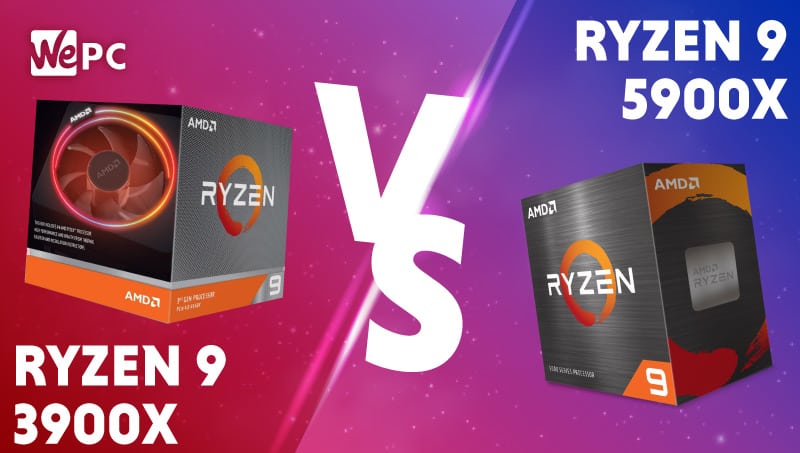
In this Ryzen 9 3900X vs Ryxen 9 5900X article, we will compare the specifications of both CPUs and analyse the features of the two together, This will help you to make an informed decision as to what CPU might fit best into your use case.
Both CPUs on this list have the same core count, 12 cores and 24 threads.
Higher core counts mean your PC will be better at multitasking natively, and that your CPU has plenty of computational resources at its disposal. Multiple cores mean your CPU can process more than one instruction at once. This does not mean your CPU is automatically better, however, as your CPU can only use all of these cores efficiently if the application you are using is coded to permit it.
As a general rule though, more cores are better.
Both CPUs have the same thread count of 24 threads.
Thread count is but a stone’s throw away from the core count. Both are massively different in terms of workings and technology but can be thought of as achieving similar results. SMT is AMD’s implementation of multithreading.
SMT allows each CPU core to handle two instructions or ‘threads’ simultaneously, essentially doubling the number of cores or logical processors the operating system sees. That’s great, double the CPU cores? Well, yes and no – there’s more to it than that. These cores are slightly less efficient as they are virtualised and have to share resources with the CPU’s physical cores.
SMT is complicated and that’s why we wrote an in-depth look at what SMT is. There’s also a summarised snippet in our 5800X vs 5900X article.
But again as a general rule, more is better, as it is with core count.
The Ryzen 9 5900X has a slightly higher boost speed of 4.8GHz
This can get complicated quickly, so we’ll try and keep it simple in this 3900X vs 5900X article. A CPU’s clock speed is a measure of how many times per second a CPU can perform a cycle under adequate cooling and normal operating conditions. A CPU cycle consists of three actions. These are, fetch, decode and execute. These are the fundamentals that comprise basic CPU functions.
The faster the clock speed the more instructions per second can be executed, making for a faster CPU. Not all clock speed is created equal however and this is where a term known as IPC factors in.
IPC stands for instructions per clock and is one of the most important measures that determine a CPU’s speed. A CPU built with smaller transistors will have a higher IPC than a CPU built with larger ones. Even if they have the exact same clock speed, the CPU with smaller transistors will be better. This is what’s known as an NM process and is a measure of how small the transistors are in the CPU.
This topic gets complicated very fast but we explain it in some detail in our 5800X vs 5800X3D article.
A faster core speed means more if the CPU is built on smaller transistors.
Both CPUs in this instance have the same cache capacity.
A CPU cache is storage hardware built into a CPU, located much closer to processing cores than standard RAM for speed and accessibility as only the most important instructions make it into the higher levels of cache. The cache is comprised of three levels and are structured as follows.
Level one cache is the cache located closest to the CPU cores and has the fastest access speeds but also the lowest capacity. This is reserved for vital data that is accessed most frequently.
Level two cache is a middle ground, with median capacity and speed, reserved for less vital data, but it is still important enough for the PC to want quick access to it.
Level three cache is where most of your frequently accessed data is stored such as programs and file paths. This has a very large capacity in comparison to the other levels but is also much slower.
Usually, CPUs with higher core counts have larger cache capacities to support the larger number of cores.
Both CPUs on the list today have a TDP of 105W.
TDP stands for thermal design power and is a measure of how much thermal energy the component can output under normal operating conditions, excluding overclocking.
You should always get a CPU cooler that can dissipate a TDP measurement higher than your CPU’s output, the higher the better. You need to maintain a healthy temperature to get the most out of your CPU, in terms of performance and longevity.
When overclocking your CPU your biggest enemy is heat. All the extra heat generated by the increased power and workload of your CPU needs to be dissipated. This is why it’s important to pick up a cooler that gives you plenty of headroom.
A higher TDP is usually indicative of a more powerful CPU.
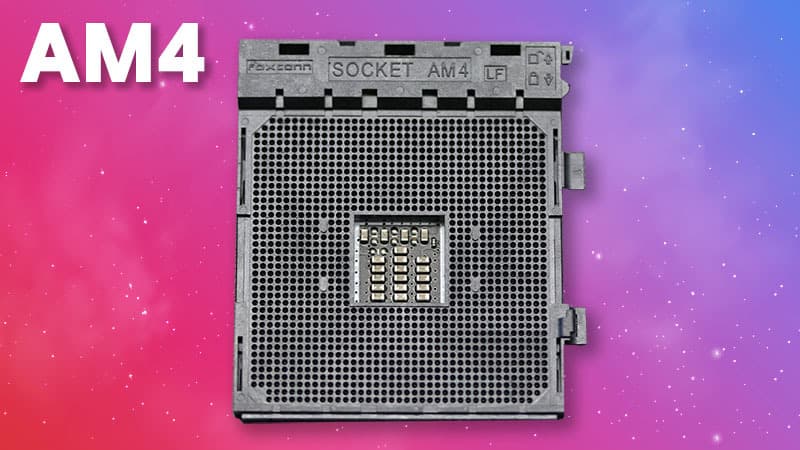
Both CPUs fit the AM4 socket.
A socket can be thought of as a simple shape, only a CPU matching that socket will fit it.
AMD has kept the AM4 socket in use for over five years now, and with the release of AM5 around the corner, AM4 is starting to show all of its technical limitations.
For us, it’s the 5900X that takes the win. The superior architecture and much newer release date means not only is it faster, but it has much greater longevity.
It does only beat the 3900X in core speed but does manage to be superior, especially if you plan on gaming with your brand new CPU.
Both CPUs are ideal for content creation as they have a higher core and thread count.

Better in-game performance over the i9-9900K
Backwards compatible with 300/400 series motherboards
Price to performance
BIOS needs update for older AM4 motherboards
Shop on Amazon
CHECK PRICE
Rivals the Intel i9-10900K in gaming performance
High multicore performance
Unlocked overclocking
More expensive than the Intel alternative
Requires CPU cooler
Shop on Amazon
CHECK PRICEBoth our CPUs differ significantly in age, which also implies the older one can be had for a better deal. The 3900X can often be found for a deal online, while the 5900X less so, but we would expect deals to arise with the release of Zen 4 around the corner.
What prices can you expect for each of the CPUs on our list?
The Ryzen 9 3900X can be found for around $479.00 with a cost per core of $39,
and the 5800X around $569.99 with a cost per core of $47.
The 3900X is definitely more affordable with a lower cost per core, but it is also the least powerful option.
We favour the more powerful 5900x for the victor of our Ryzen 9 3900X vs Ryzen 9 5900X article. With its greater power and efficiency, boasting a full 12 cores all supporting SMT to make up 24 threads. It’s perfect for content creation, video editing, and as much heavy gaming as you can throw at it.
There’s nothing wrong with choosing the 3900X if you can find it for a great deal. It will do everything that the 5900X will do, just not quite as well. We hope this 3900X vs 5900X article helped you choose CPU to suit you.